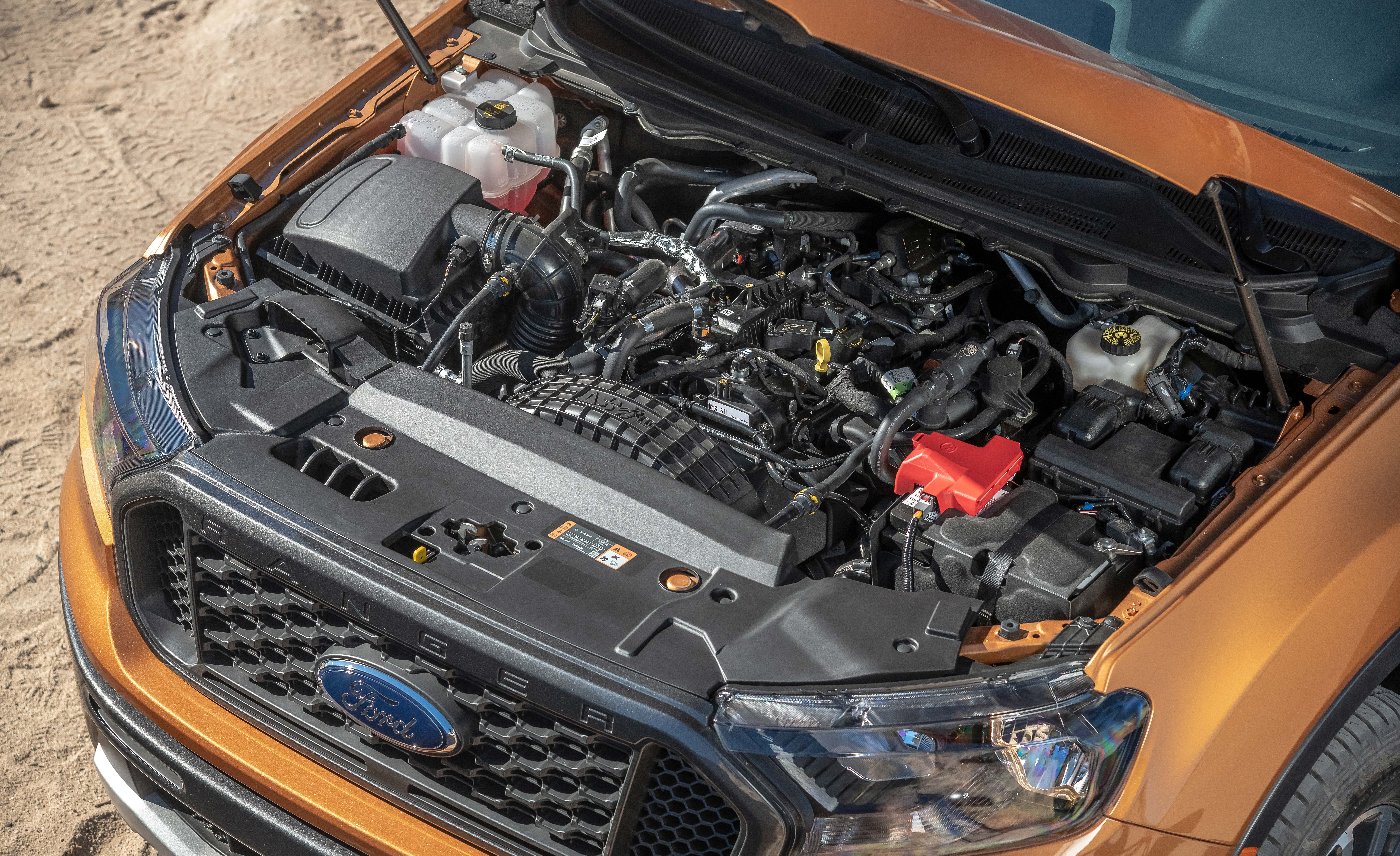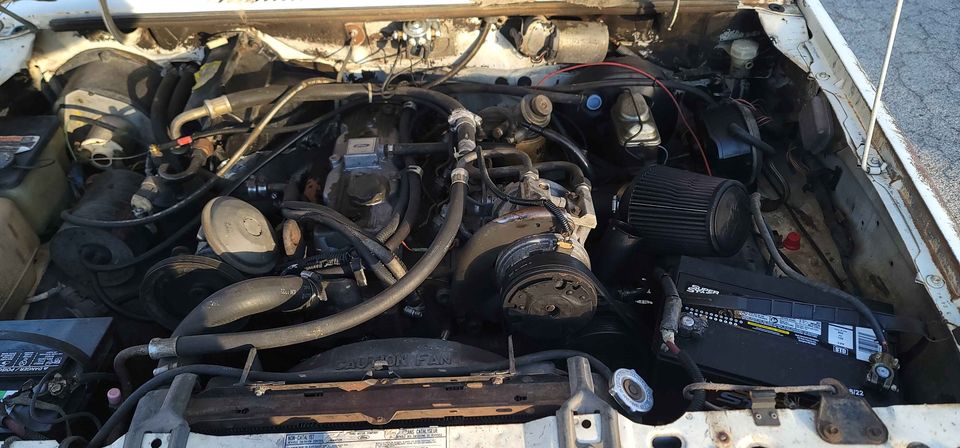Get to Know the Power and Reliability of the 2.2 Ford Ranger Engine for Any Job
Get to Know the Power and Reliability of the 2.2 Ford Ranger Engine for Any Job
Blog Article
Comprehending the Basics of Car Engines: Kinds, attributes, and functions

Review of Automobile Engines
A vehicle engine acts as the heart of a vehicle, converting fuel right into mechanical power to thrust it ahead. This detailed system comprises various elements that function in unison to make sure optimal performance and effectiveness. The essential operation of an automobile engine involves the internal combustion process, wherein fuel and air are blended, sparked, and expelled to create power.
The engine's style can substantially affect its efficiency, fuel effectiveness, and emissions. Key components include the cyndrical tube block, pistons, crankshaft, and camshaft, each playing a vital role in the engine's overall feature. The cylinder block houses the cyndrical tubes where burning occurs, while the pistons convert the explosive power from burning right into direct motion. This motion is after that changed right into rotational energy by the crankshaft, enabling the vehicle's wheels to transform.
Along with these parts, engines usually use various systems such as gas injection, ignition, and cooling down systems to improve performance and longevity. Recognizing the fundamental mechanics of cars and truck engines is crucial for carrying out and diagnosing issues maintenance, eventually contributing to the lorry's dependability and effectiveness in time.

Sorts Of Cars And Truck Engines
Car engines can be categorized right into numerous kinds based upon their layout, fuel type, and functional concepts. 2.2 ford ranger engine. The most common categories include internal combustion engines (ICE), electrical engines, and crossbreed engines
Internal combustion engines, which can be further divided into gasoline and diesel motor, operate by igniting a fuel-air combination to produce power. Gasoline engines are generally lighter and smoother, while diesel engines are a lot more fuel-efficient and offer greater torque.
Electric engines utilize electric power stored in batteries to power an electric motor, supplying instantaneous torque and no exhausts throughout procedure. As technology advancements, electric vehicles (EVs) are increasingly coming to be preferred for their ecological advantages and lower running costs.
Crossbreed engines incorporate aspects of both interior burning and electric engines, enabling versatile source of power and improved gas performance. They can run in different settings, utilizing either the gasoline engine, the electrical motor, or both concurrently.
Each kind of engine has unique advantages and drawbacks, influencing their application in different lorry kinds and market segments, from portable cars to sturdy trucks. Recognizing these kinds is important for making informed choices pertaining to automobile choice and efficiency expectations.
Engine Features Explained
Recognizing engine functions is critical for realizing just how cars run effectively. At the core of any type of internal combustion engine exists the basic process of transforming fuel into mechanical power. This process begins with the consumption stroke, where air and gas are drawn into the burning chamber. Following this, the compression stroke presses the air-fuel mix, raising its temperature and pressure.
The ignition takes place next, firing up the blend and developing a rapid growth of gases. This pressure drives the piston down during the power stroke, which inevitably translates into the rotational movement of the crankshaft. The exhaust stroke then gets rid of the invested gases from the chamber, giving way for a brand-new cycle to start.
Along with these primary functions, engines also incorporate systems that take care of cooling and lubrication, guaranteeing optimal operational temperatures and reducing friction between relocating parts. This intricate interplay of features makes it possible for the engine to produce the power essential for automobile propulsion while keeping effectiveness and dependability. Comprehending these functions offers valuable understanding right into the complexities of automobile engineering and enhances the ability to detect and deal with engine-related problems efficiently.
Key Engine Features
Engine layout incorporates a number of key features that considerably influence effectiveness, sturdiness, and efficiency. One of one of the most important aspects is the engine arrangement, Read More Here that includes inline, V-type, and level layouts. Each configuration influences the engine's power, equilibrium, and size output, consequently influencing overall automobile dynamics.
One more essential function is the engine variation, referring to the total volume of all cyndrical tubes. Bigger variations usually produce even more power but may endanger fuel effectiveness. Engine products additionally play a critical role; light-weight and high-strength materials, such as aluminum and magnesium alloys, boost performance without adding extreme weight.
The kind of fuel injection system utilized-- such as multi-port or straight injection-- impacts burning efficiency and discharges. Turbo charging and turbocharging are attributes that increase engine performance forcibly extra air right into the burning chamber, increasing power output without dramatically enhancing engine size.
Finally, the existence of sophisticated engine monitoring systems maximizes fuel-air combination and ignition timing, adding to smoother operation and better fuel economic climate. Jointly, these functions specify an engine's abilities, establishing the structure for its efficiency and long life in a competitive automobile landscape.
Maintenance Tips for Engines
Proper engine upkeep is essential for making certain optimal efficiency and longevity, as ignoring regular care can result in significant concerns down the line. To keep your engine successfully, start with regular oil adjustments, commonly every 3,000 to 7,500 miles, relying on the sort of oil used. Fresh oil lubes engine parts, reducing rubbing and wear.
Furthermore, keeping track of coolant levels is important to prevent getting too hot. Guarantee Check Out Your URL that the coolant is topped up and is in good problem to preserve effective temperature level policy. Consistently check and replace air and fuel filters, as stopped up filters can hinder air movement and fuel distribution, jeopardizing engine efficiency.
Moreover, pay focus to stimulate plugs and ignition systems. Worn or damaged ignition system can result in misfiring and decreased efficiency. Checking the battery terminals and links for deterioration is also crucial, as a weak battery can influence engine starting.
Final Thought
In summary, a thorough understanding of cars and truck engines encompasses numerous types, functions, and key features that significantly influence lorry performance. Interior burning engines, together with hybrid and electrical alternatives, additional info demonstrate varied mechanisms for energy conversion. 2.2 ford ranger engine. Identifying the vital features, such as consumption and exhaust cycles, along with vital engine functions like configuration and gas shot systems, equips vehicle proprietors with the understanding necessary for efficient maintenance and operation, eventually boosting car durability and performance
A cars and truck engine offers as the heart of a vehicle, converting fuel right into mechanical energy to drive it onward. The basic operation of a vehicle engine includes the interior burning process, in which gas and air are combined, stired up, and expelled to create power.
Consistently replace and check air and gas filters, as clogged up filters can prevent air movement and gas distribution, endangering engine effectiveness. - 2.2 ford ranger engine
In summary, an extensive understanding of automobile engines includes different types, functions, and essential features that dramatically affect lorry efficiency. Identifying the necessary features, such as intake and exhaust cycles, alongside vital engine functions like setup and fuel shot systems, outfits cars and truck owners with the knowledge essential for reliable maintenance and operation, ultimately boosting automobile durability and efficiency.
Report this page